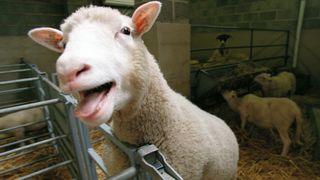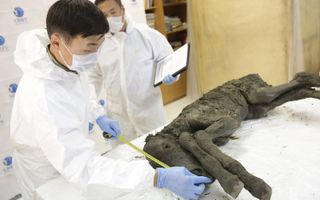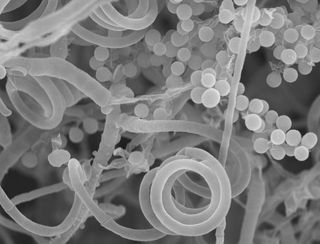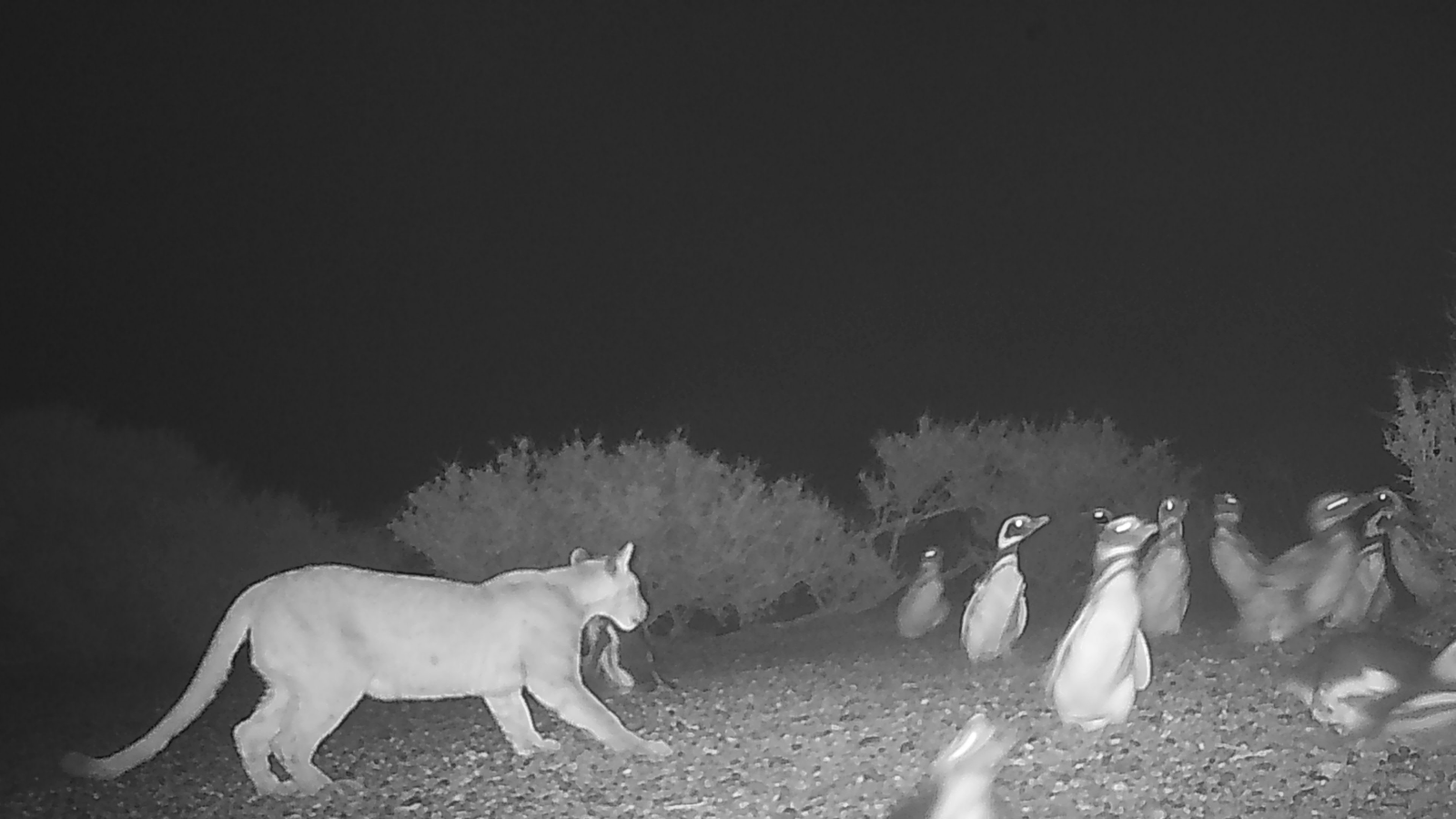Cloning
Latest about cloning

The world's biggest clone is a 77-square-mile 'immortal' meadow of seagrass
By Harry Baker published
Researchers have discovered that 4,500-year-old seagrass meadows in Shark Bay, Western Australia, are actually the world's largest clone.
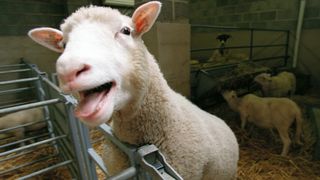
Why haven't we cloned a human yet?
By Joe Phelan published
Here's a look at the science for why we haven't cloned any humans yet.
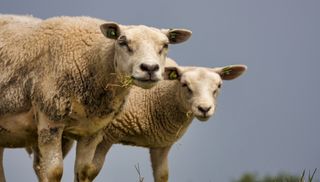
How does cloning work?
By Jennifer Welsh published
Here's how to clone yourself. In theory, at least.
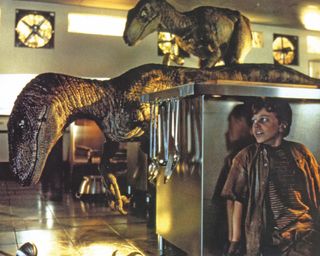
Could we build a real-life Jurassic Park?
By Ailsa Harvey, How It Works magazine published
Advances in science could make it possible to bring the dinosaurs back to life.
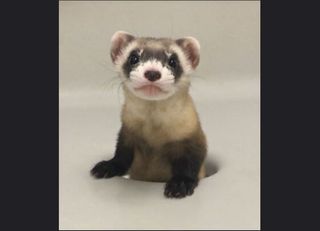
Endangered black-footed ferret cloned for the first time
By Rachael Rettner published
The adorable clone, named Elizabeth Ann, was created using cells that were frozen more than three decades ago.
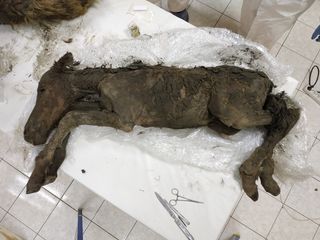
42,000-Year-Old Foal Entombed in Ice Still Had Liquid Blood in Its Veins
By Stephanie Pappas published
It's the oldest liquid blood on record, say scientists who want to clone the ice age horse.
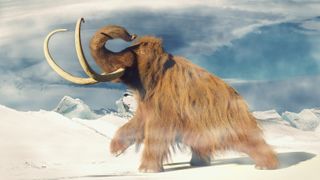
Mammoth DNA Briefly 'Woke Up' Inside Mouse Eggs. But Cloning Mammoths Is Still a Pipe Dream.
By Laura Geggel published
A handful of 28,0000-year-old woolly mammoth cell parts were recently "woken up" for a short time in a new experiment, but cloning the ice age beasts is still a long way off.
Get the world’s most fascinating discoveries delivered straight to your inbox.


